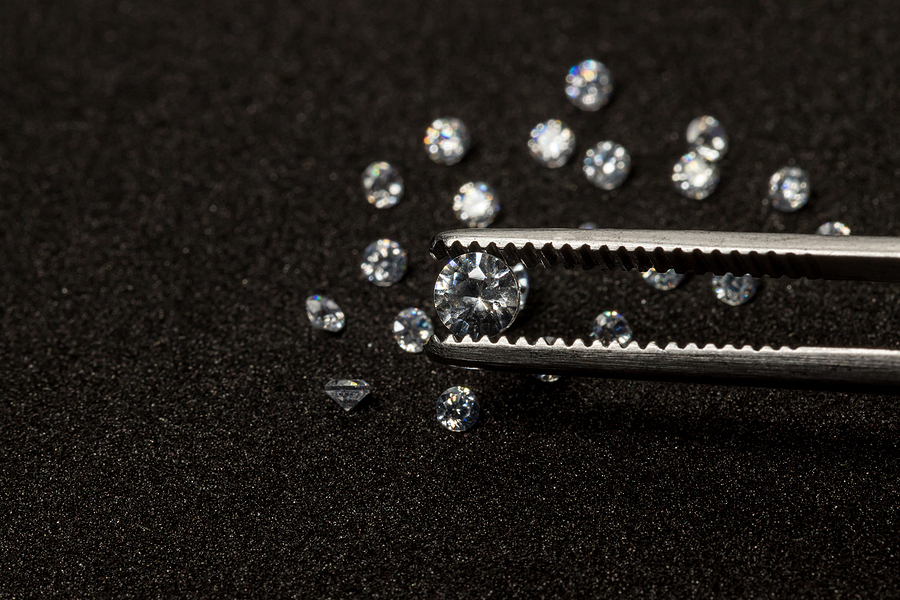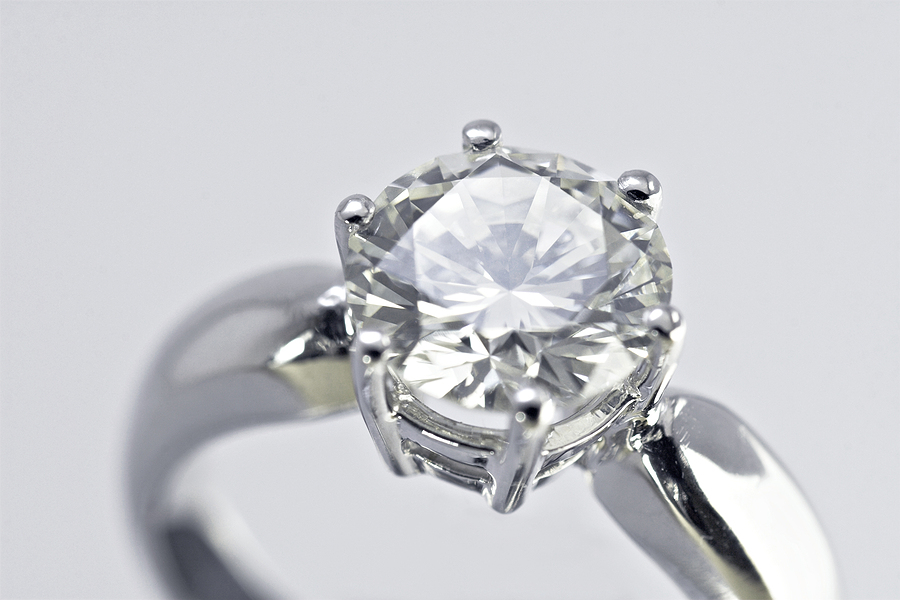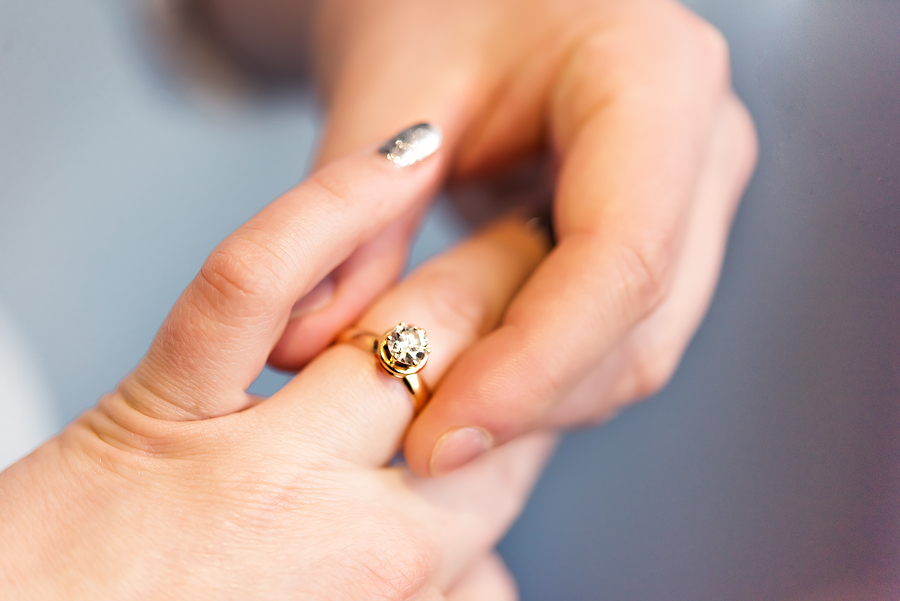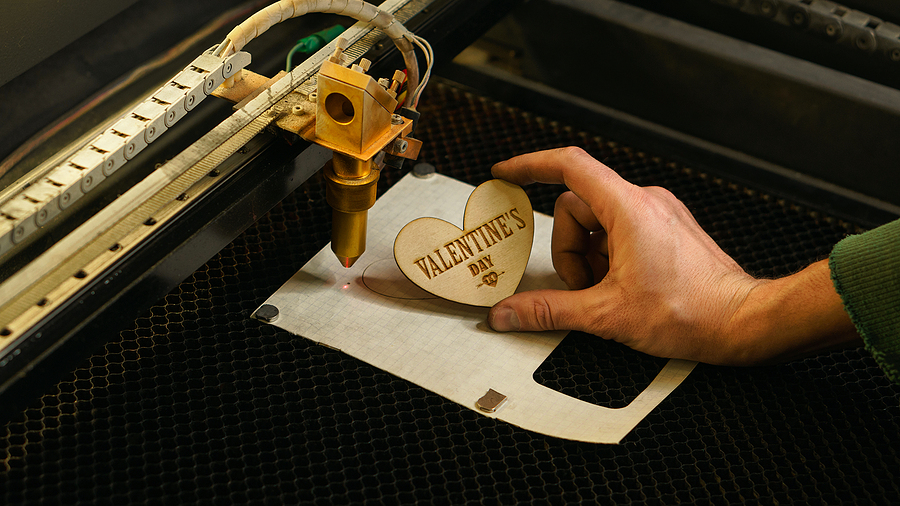This is exciting! Today’s diamond ring shopper has more options than at any other time in history to select the engagement ring of their dreams. There’s no need to settle—but rather you have a seemingly endless array of options to choose from. The word diamond has expanded to so many options. Let’s look at them briefly. There are natural earth mined diamonds first of all. Then laser treated and enhanced natural diamonds. Next there are lab grown (LGD) diamonds, and Moissanite, an elegant choice that many shoppers are drawn to. So many choices! How do you sort them all out?
You certainly want to take a serious look at Moissanite when shopping for that all important diamond engagement ring. Or should we say when you are shopping for that all important Moissanite engagement ring?
If you’re like many shoppers today, you are thoughtful in how you spend your money. You want your purchases to reflect your values. Good for you. We applaud this mindfulness. If so, you’ll want to take a deep dive into Moissanite.
Moissanite’s Discovery
This fascinating diamond alternative was created in a lab over a century ago by French chemist Henri Moissan (hence the jazzy name Moissanite). He actually saw natural crystals of this material—albeit small ones—which would make a stunning alternative for diamonds. That put him on a mission to create them in the lab. There are traits that both diamonds and Moissanite share. This makes them beautiful competitors for each other in the bridal jewelry sector. Both Moissanite and diamonds are colorless stones with extraordinary light handling—that means sparkle for us lay persons. They are both exceptionally hard. They share a ranking of 10 on the Mohs scale, the hardest of all substances. This durability makes them ideal for bridal jewelry since rings with either stone will be worn every day for a lifetime. We love that.
Romance, Legacy and Ethics
Diamonds carry with them a deep history of romance and intrigue in their discovery centuries ago. That’s glorious and we love to hear the stories of their finding, first in India and later in Brazil and then South Africa and beyond.
Moissanite on the other hand owes its origin to the brilliant French chemist who was determined to produce a diamond alternative in a laboratory. Over time, they evolved into more colorless stones and were created in larger sizes. Anyone who is intrigued by technology and the wonders of science will find Moissanite to be a perfect stone. Since they are produced in a lab, there are no ethical considerations of worker treatment or disturbing the earth to consider. They are a sustainable product. For those of us who cherish the resources of earth, it’s easy to become drawn to this alluring stone.
When we say Moissanite -v- Diamonds, we’re not making them adversarial choices—it’s really not either or for consumers. Buy what you like and for the right reasons. Are you committed to the romance of natural mined diamonds and their glorious legacy? Then those are for you. Are you committed to sustainable products and practices and an advocate of saving our earth from further disruption? Then Moissanite is your stone.
Moissanite -v- Diamond –Just the Facts
Diamonds are a unique gemstone as they are the only mineral in the world created from just one element, and that is carbon. Moissanite stones are created from silicon carbide—two elements.
It’s true that side by side, many consumers cannot tell the difference between Moissanite-v- Diamond by a visual inspection alone. You may be surprised to learn that Moissanite is more dispersive than a diamond!
You’ve probably heard the word dispersion as it relates to how a diamond handles light. Simply put, dispersion describes light that is broken up inside a diamond displaying all the colors of the rainbow before bouncing back to the viewer’s eye. That bright bouncing light showing all the colors of the rainbow is known as a diamond’s ‘fire’. A high quality and high clarity well cut diamonds will show this characteristic in a breathtaking way.
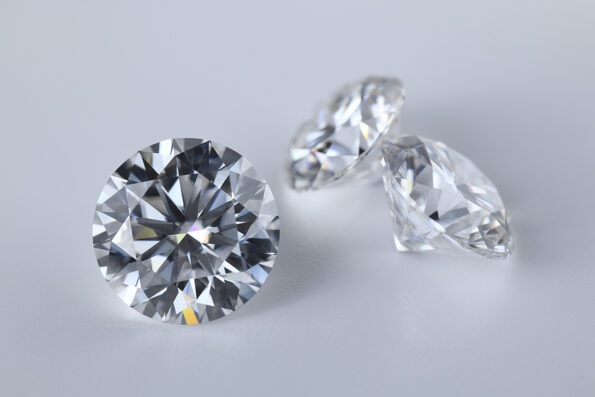
More Fire to Admire
Here’s something to know. Moissanite actually has more dispersion than a diamond. Well-cut Moissanite produces a jaw dropping light show with its dispersion. The reason is that this stone is doubly refractive whereas a diamond is singly refractive.
Like we said, most consumers cannot tell the difference between a Moissanite – v –Diamond side by side—unless they notice one stone has more fire than the other. A gemologist or trained jewelry salesperson may be able to help you look at the back facets through the top flat (table) facet and eventually recognize facet doubling in back. This is an identifier of a Moissanite.
Both gemstones have something to offer, and both are enticing for their own characteristics. But let’s move on to something equally important for every shopper, irrespective of the budget.
Affordable Luxury
Moissanite diamond rings price per carat is much more affordable than diamonds. For some people that’s a no -brainer! Take that stone now! Here’s why the price of Moissanite -v- Diamonds are so much more attractive. Compare the same size, color, and clarity of a Moissanite created in a lab to a diamond of equal quality and size was mined in the earth. Moissanites are created specifically with the traits we love as part of their growth process. But one has to mine countless natural diamonds to arrive at one of high clarity, size, and color. So Moissanite wins in the affordability category every time.
What does this mean to you as a consumer? When selecting a Moissanite, you can stay within your budget while selecting a much high clarity and color stone than you might have been able to afford if it were earth mined. Your money goes much farther, and you can get a much bigger stone than you ever dreamt possible. This puts you in the red-carpet celebrity category!
So, there you have it. There is much to be said about natural diamonds and their rarity coming from the earth. There’s also a good story with Moissanite and its eco-conscious sustainability and affordability. Ultimately the choice is yours and you’ll select the one that speaks to your preferences. Happy hunting!
Image Source: BigStockPhoto.com (Licensed)
Related Categories: Fashion & Gear, Reviews


